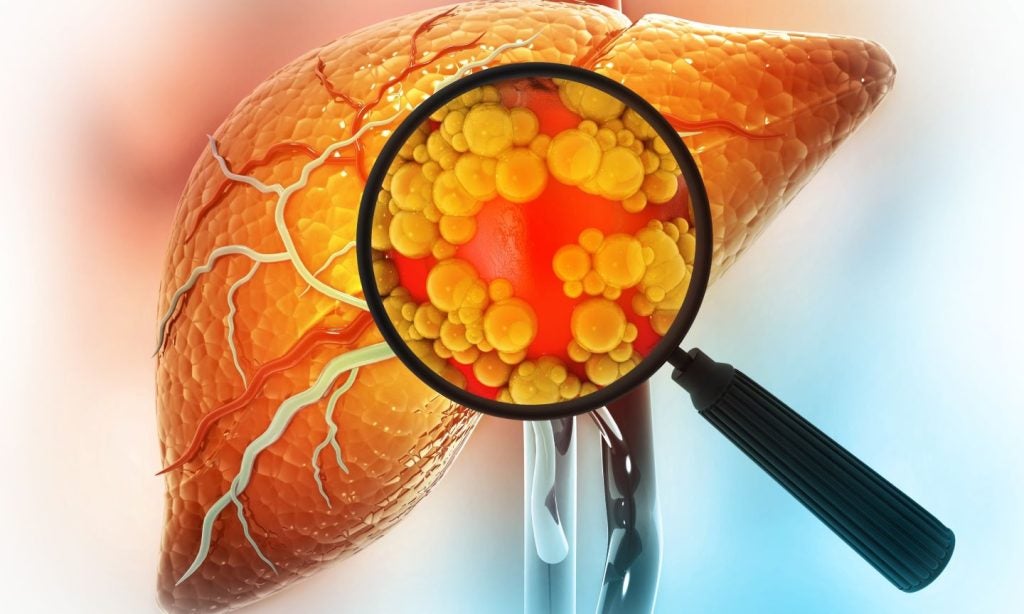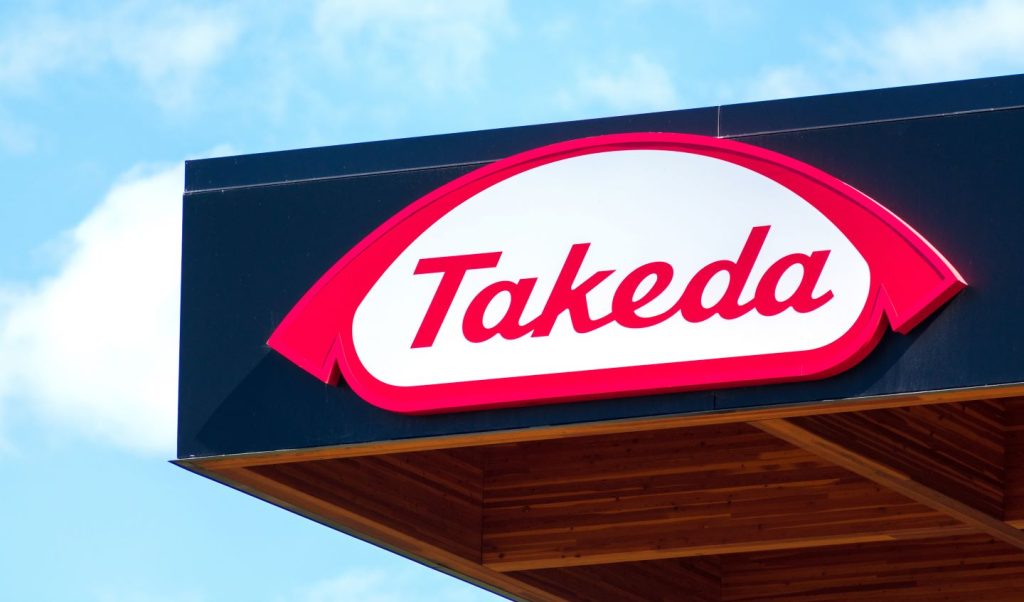
The US Food and Drug Administration (FDA) has granted marketing authorisation to Pierre Fabre’s paediatric drug Hemangeol (propranolol hydrochloride), as the first and only approved treatment for proliferating infantile hemangioma (IH) requiring systemic therapy.
According to the company, Hemangeol is an oral solution specially developed for safe and effective use in children, and will be available in June.
In May 2013, the company submitted a new drug application (NDA) for Hemangeol to the FDA.
The NDA was also submitted to the European Medicines Agency (EMA), receiving positive opinion last month from the Committee for Medicinal Products for Human Use (CHMP), with marketing authorisation expected in April.
In 2007, Christine Léauté-Labreze, a dermatologist at the Bordeaux University Hospital had first discovered the efficacy of propranolol in the treatment of IH.
See Also:
Pierre Fabre Dermatologie general manager Jean-Jacques Voisard said: "This collaboration has endowed pediatric dermatology with a new therapy that fulfills an unmet medical need and thousands of American children may now benefit from this new therapy each year."
How well do you really know your competitors?
Access the most comprehensive Company Profiles on the market, powered by GlobalData. Save hours of research. Gain competitive edge.

Thank you!
Your download email will arrive shortly
Not ready to buy yet? Download a free sample
We are confident about the unique quality of our Company Profiles. However, we want you to make the most beneficial decision for your business, so we offer a free sample that you can download by submitting the below form
By GlobalDataHemangeol formulation was specifically developed for the use in paediatric population following the guidelines of health regulatory agencies.
Pierre Fabre Dermo-cosmetics CEO Eric Ducournau said: "The marketing authorisation granted by the FDA rewards a public-private partnership developed over the last six years by Pierre Fabre Laboratories and the Bordeaux University Hospital, with the support from Aquitaine Science Transfert."
Hemangeol was studied in infants five weeks to five months old (at therapy initiation) with a proliferative infantile hemangioma requiring systemic treatment in a Phase II/III trial.
The randomised, double-blind placebo controlled, multi-dose and multi-centre adaptive Phase II/III trial compared four propranolol treatment protocols (1mg/kg/day or 3mg/kg/day for three or six months) versus placebo.
The treatment protocol of 3mg/kg/day dose for the duration of six months had a 60.4% success rate versus 3.6% in the placebo group reaching the primary endpoint: complete or nearly-complete resolution of the target hemangioma.
The company said that after stopping the treatment, 11.4% of patients needed to be retreated.
Pierre Fabre Laboratories CEO Bertrand Parmentier said: "Following the marketing authorisation approved by the FDA in July last year for Fetzima (levomilnacipran extended-release capsules), a drug created by Pierre Fabre research and developed in partnership with Forest Laboratories, the Hemangeol marketing authorisation is yet further recognition for our R&D on the world’s most demanding pharmaceutical market."
Most frequently reported adverse reactions (> 10%) in infants treated with Hemangeol were sleep disorders, aggravated respiratory tract infections such as bronchitis and bronchiolitis related with cough and fever, diarrhoea, and vomiting.
Image: Very high magnification micrograph of a capillary hemangioma. Photo: courtesy of Nephron.







